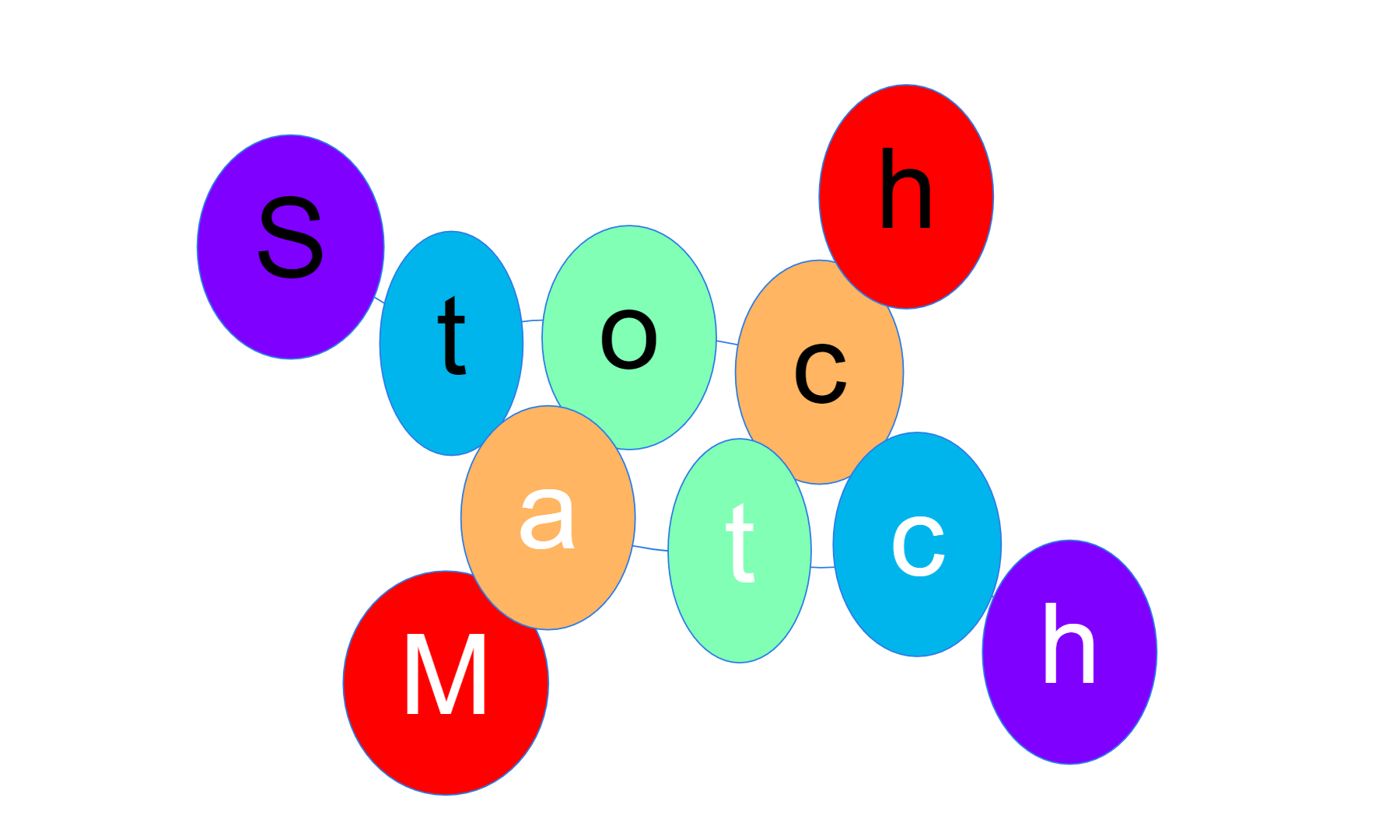Common#
Multipurpose methods and classes.
- class stochastic_matching.common.CharMaker[source]#
Class that acts as an infinite list of letters. Used to provide letter-labels to nodes
Examples
>>> names = CharMaker() >>> names[0] 'A' >>> names[7] 'H' >>> names[26] 'AA' >>> names[107458610947716] 'STOCHASTIC'
- stochastic_matching.common.class_converter(subclass, motherclass)[source]#
- Parameters:
subclass (
strorclass) – Required subclass, or its name.motherclass (
class) – Ancestor of the subclass.
- Returns:
The subclass.
- Return type:
class
Examples
>>> import stochastic_matching as sm >>> from stochastic_matching.simulator.simulator import Simulator >>> class_converter('random_edge', Simulator) <class 'stochastic_matching.simulator.random_edge.RandomEdge'> >>> class_converter(sm.FCFM, Simulator) <class 'stochastic_matching.simulator.fcfm.FCFM'> >>> class_converter('anything', Simulator) Traceback (most recent call last): ... ValueError: anything is not a known name for a subclass of Simulator. Known names: constant_regret, e_filtering, fcfm, longest, priority, random_edge, random_item, virtual_queue.
>>> class_converter(2, Simulator) Traceback (most recent call last): ... TypeError: Subclass must be string or Simulator subclass (not instance).
- stochastic_matching.common.clean_zeros(matrix, tol=1e-10)[source]#
Replace in-place all small values of a matrix by 0.
- Parameters:
- Return type:
None
Examples
>>> import numpy as np >>> mat = np.array([[1e-12, -.3], [.8, -1e-13]]) >>> clean_zeros(mat) >>> mat array([[ 0. , -0.3], [ 0.8, 0. ]])
- stochastic_matching.common.get_classes(root)[source]#
- Parameters:
root (
class) – Starting class (can be abstract).- Returns:
Dictionaries of all subclasses that have a name (as in class attribute name).
- Return type:
Examples
>>> import stochastic_matching as sm >>> get_classes(sm.Model) {'Path': <class 'stochastic_matching.graphs.Path'>, 'Star': <class 'stochastic_matching.graphs.Star'>, 'Cycle': <class 'stochastic_matching.graphs.Cycle'>, 'Complete': <class 'stochastic_matching.graphs.Complete'>, 'Codomino': <class 'stochastic_matching.graphs.Codomino'>, 'Erdös-Rényi': <class 'stochastic_matching.graphs.ErdosRenyi'>, 'Nazari-Stolyar': <class 'stochastic_matching.graphs.NS19'>, 'Pyramid': <class 'stochastic_matching.graphs.Pyramid'>, 'Tadpole': <class 'stochastic_matching.graphs.Tadpole'>, 'Lollipop': <class 'stochastic_matching.graphs.Lollipop'>, 'Kayak Paddle': <class 'stochastic_matching.graphs.KayakPaddle'>, 'Barbell': <class 'stochastic_matching.graphs.Barbell'>, 'Cycle Chain': <class 'stochastic_matching.graphs.CycleChain'>, 'Hyper Kayak Paddle': <class 'stochastic_matching.graphs.HyperPaddle'>, 'Fan': <class 'stochastic_matching.graphs.Fan'>}
- stochastic_matching.common.neighbors(i, compressed_incidence)[source]#
Return neighbors of a node/edge with respect to an incident matrix. Neighborhood is defined on hypergraph level, not on adjacency level: neighbors of a node are edges, neighbors of an edge are nodes.
- Parameters:
i (
int) – Index of the node/edge to probe.compressed_incidence (
csr_matrixorcsc_matrix) – Compressed sparse incidence matrix on rows (for nodes) or columns (for edges).
- Returns:
Neighbors of i.
- Return type:
Examples
A hypergraph with 4 nodes, 2 regular edges (0, 1) and (0, 2) and one 4-edge (0, 1, 2, 3).
>>> import numpy as np >>> from scipy.sparse import csr_matrix, csc_matrix >>> incidence = np.array([[1, 1, 1], ... [1, 0, 1], ... [0, 1, 1], ... [0, 0, 1]])
Edges of node 0:
>>> neighbors(0, csr_matrix(incidence)) array([0, 1, 2]...)
Egde of node 3:
>>> neighbors(3, csr_matrix(incidence)) array([2]...)
Nodes of edge 0:
>>> neighbors(0, csc_matrix(incidence)) array([0, 1]...)
Nodes of hyperedge 2:
>>> neighbors(2, csc_matrix(incidence)) array([0, 1, 2, 3]...)
